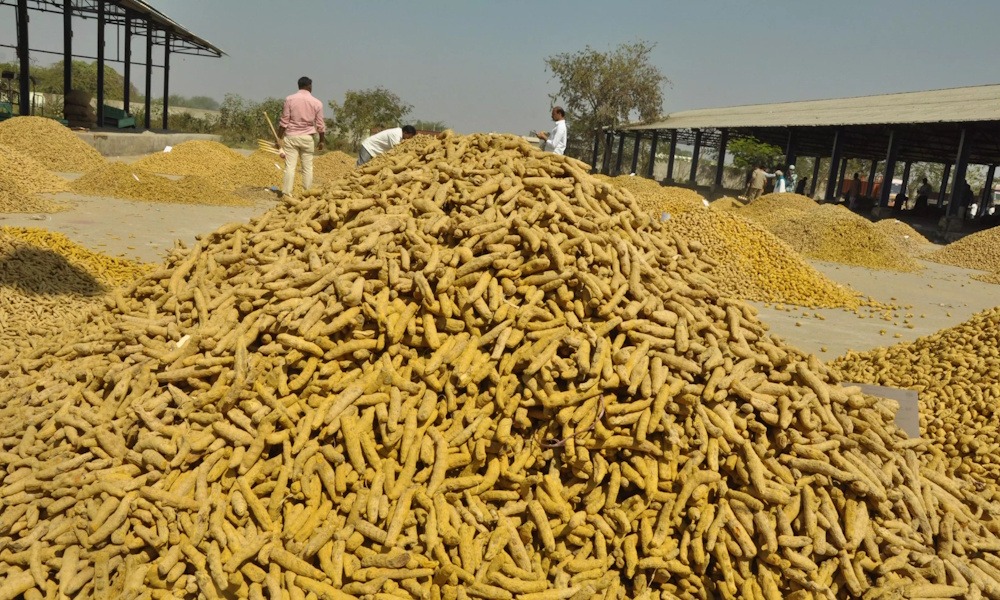
Turmeric yesterday settled down by -0.76% at Rs 12,220, influenced by an expansion in acreage as favorable monsoon conditions facilitated sowing. Preliminary estimates indicate that turmeric acreage could increase by 15–20% in 2024-25, bringing the total area to 3.30 lakh hectares, compared to approximately 3 lakh hectares in the previous year. Nonetheless, the downside appears constrained, as recent substantial rainfall in areas such as Nanded has adversely affected approximately 15% of the standing crop, prompting concerns regarding overall output.
Furthermore, the IMD’s projection of average to subpar rainfall in certain regions of South India for September has led to a prudent stance among growers. In the spot markets, turmeric stocks held by farmers in Warangal are approaching depletion, and the combination of low arrivals and cautious selling is providing support to prices. At Duggirala, the influx of fresh crop arrivals is attracting robust buying interest, consistently commanding premiums over older inventory owing to superior quality.
Trade volumes exhibit resilience, with daily arrivals of 1,000–1,200 bags, and approximately 50–55% of the new crop having already been transacted. During the period from April to July 2025, turmeric exports experienced an increase of 2.29%, reaching a total of 63,020.23 tonnes, up from 61,609.83 tonnes in the corresponding timeframe of the previous year. In July, exports reached 15,070.67 tonnes, reflecting a 9.31% increase from June, although there was a slight decline of 0.27% compared to the same month last year.
From a technical perspective, the market is experiencing long liquidation, as evidenced by a decline in open interest of 3.78% to 15,670, accompanied by a price decrease of Rs 94. Support is positioned at Rs 12,164, and a breach below this level may lead to a decline towards Rs 12,110. Conversely, resistance stands at Rs 12,290, with potential for further advancement towards Rs 12,362.
